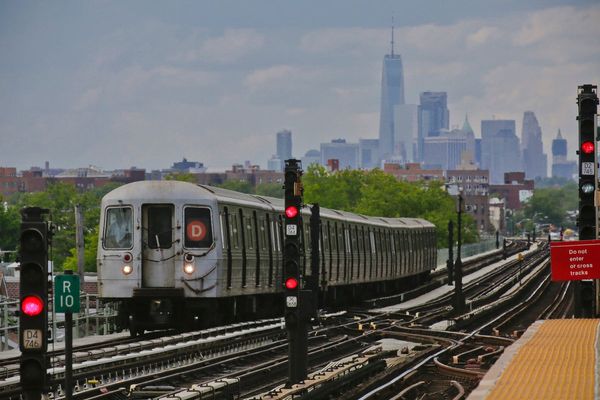
In the end, National Grid decided not to activate its new blackout-prevention service, but the very fact it contemplated doing so should serve as a reminder, in case anybody had forgotten during the mild autumn, that the supply crisis hasn’t gone away, that prices are volatile and that all parts of the energy system may be about to be severely tested again.
At the retail end of the energy market, remember, about 29 suppliers went bust between mid-2021 and early 2022, dumping £2.6bn of costs on to consumers even before we count the possible £6.5bn whack from the broken Bulb. So you’d think Ofgem, a regulator that admits its pre-crisis approach to suppliers “led to low financial barriers to entry and light regulation of financial risks”, would opt for an abundance of caution in its overhaul of regulations.
Well, it hasn’t – or, at least not obviously. The regulatory package unveiled last Friday struck few observers as muscular. Here’s the verdict of Martin Young, Investec’s sector analyst, in a note titled “softly-softly, missed opportunity”. The slew of consultations was “heavy on words, but with little in the way of specifics”. And “given all that has gone before, and the consequent cost to consumers, we are surprised that Ofgem is not tightening requirements at a faster pace”. All are fair points.
While Ofgem fully accepts that suppliers should be better capitalised, it looks to have set the bar low initially. The new target is for domestic suppliers to have £110-£220 per customer of net assets by March 2025. The bottom end of that range is equivalent to less than one month’s bill for an average household customer; and the deadline to comply is more than two years away.
On the ring-fencing of customer deposits – the focus of an intensive debate within the industry – Ofgem has performed a U-turn. Back in June, the chief executive, Jonathan Brearley, spoke about how customers’ cash balances were being used by some suppliers “like an interest-free company credit card”, implying such a funding model was unacceptable. But ringfencing of customers deposits (as opposed to money collected from them to fund environmental schemes) is now not going to happen. The only exception is when Ofgem judges that a firm has become over-reliant on deposits.
One can understand the logical steps behind the regulator’s about-turn. First, it doesn’t want to chase firms out of the industry. Second, the heaviest costs for consumers from supplier failures tend to arise from inadequate hedging of energy purchases, where Ofgem is simultaneously promising to be a more active policeman. Even so, Young’s view of the ringfencing of cash balances has a certain basic appeal: “Given the special nature of energy and the fact that consumer money is involved, it strikes us that there is merit to a tougher approach.”
Ofgem is taking a risk. Its new regulatory approach rests heavily on the idea that its officials, armed with greater data, will be able to spot trouble in time to intervene. That’s fine if it works. But, as we’re discovering, energy crises can move quickly. Ofgem’s credibility would not survive another Bulb-style failure that drops a few more billion quid on to bill-payers.
Markets won’t stay calm much longer if protests in China are followed by crackdown
“Share prices tumble on China anti-lockdown protests,” said the early headlines. Well, sort of. By the close, even the decline in the main Chinese index was only slightly more than 1%. And, despite being overpopulated with China-sensitive mining companies, the FTSE 100 index in London was down a barely noticeable 0.17%.
The lack of a meaningful reaction is odd given the number of well-respected China-watchers drawing comparisons between today’s protests and 1989. Meanwhile, a brigade of economists points out that the Beijing regime has no good options: sticking with zero-Covid measures would require strict lockdowns in the areas with the most outbreaks, which generate nearly two-thirds of China’s GDP, says the thinktank Capital Economics.
And there is a risk, it adds, that the zero-Covid policy fails if local officials ease back, in which case a national lockdown “with an economic impact similar to that in early 2020 would probably follow”. The potential for global fallout is obvious given what happened with supply chains last time.
Let’s see if markets are so calm in a week’s time if protests intensify, or lead to a Hong Kong-style crackdown. One suspects they won’t be.







